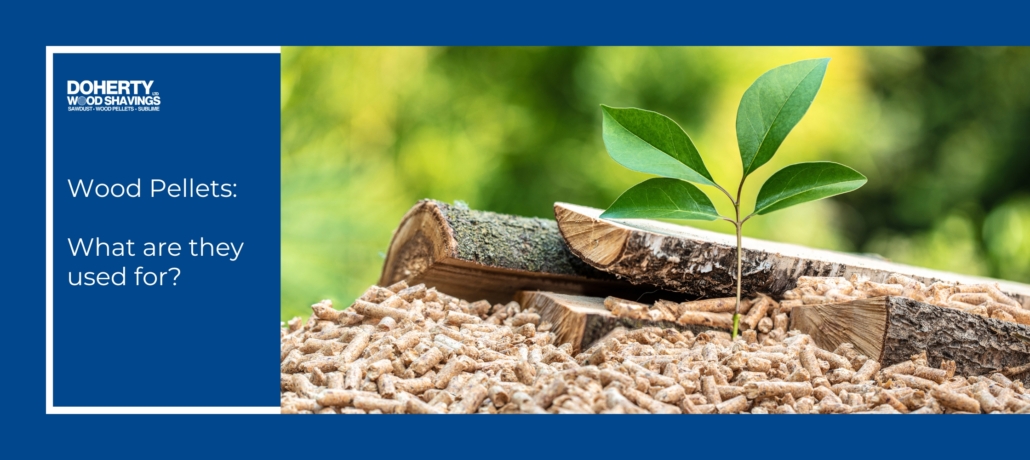Wood pellets might not be the most exciting topic for a piece of expertly crafted content and as beautifully written as it might be, it’s hard to get excited about compressed wood fibres. BUT, it is easy to get on board with learning something new, and if you consider how many things you watch, read or listen to that don’t teach you anything at all, then this might actually be a niche topic worth a bit of perusing!
Now that I’ve got you well and truly lured in, we’ll get a bit more serious. Our education hub is called that for a reason, we want to provide anyone taking the time to read our blogs with information they might not normally be privy to. We’ll not insult your intelligence by suggesting you’re about to open Pandora’s Box, but if your dealings involve biomass, horses, agriculture or cats, pellets might turn out to be a surprisingly helpful product, depending on what you’re up to.
Wood Pellets: A Quick Summary
Wood pellets are made from compressed wood fibres. Generally, the materials used to produce them are sawdust, shavings or other ‘waste’ wood products. There aren’t any adhesives added so when you buy wood pellets, you can be fairly sure they are 100% made from wood and that’s certainly the case with our pellets.
So, What are they used For?
Surprisingly, quite a few things! If you’ve got a boiler in your home or business, you work with horses, or you’re in the pizza restaurant biz, you might already know a few of the uses for wood pellets:
-
Heating:
- Residential Heating: Pellets are commonly used in specialised stoves and boilers for home heating.
- Commercial Heating: They are also used in larger boilers for heating commercial buildings and institutions.
-
Power Generation:
- Electricity Production: Wood pellets can be used in power plants, either alone or co-fired with coal, to generate electricity. When compared to using fossil fuels on their own, pellets do help to combat harmful greenhouse gasses while still remaining a very efficient fuel, so they’re well worth considering.
-
Industrial Applications:
- Process Heat: Industries can use wood pellets as a renewable energy source for generating process heat needed in manufacturing processes.
- Combined Heat and Power (CHP): Some facilities use pellets in CHP systems to produce both heat and electricity.
-
Animal Bedding:
- Pellets are used as bedding for livestock, particularly horses, due to their high absorbency and low dust levels. This helps maintain a cleaner and more hygienic environment for the animals.
-
Cooking and Grilling:
- Pellet Grills and Smokers: Wood pellets are used in specialised grills and smokers for cooking. They provide consistent heat and a smoky flavour to the food. In my opinion, one of the best uses for wood pellets is cooking pizza in specialist wood pellet pizza ovens!
-
Absorbents:
- Wood pellets can be used as absorbents for cleaning up spills and managing moisture in various settings, this is what makes it such a good option for bedding, or as we’ll mention below, cat litter.
-
Agricultural Uses:
- Some farmers use pellets as a soil amendment or for composting purposes due to their organic nature.
-
Cat Litter:
- Wood pellets are also useful as a cat litter because they are highly absorbent, control odour well, and are biodegradable. They often have a pleasant pine scent and are easy to scoop, making them particularly hygienic. We even have our own cat litter brands, Pure Purrs.
So, while wood pellets are well known for their use as a fuel substitute and as a non-clumping, natural cat litter, they do have a few other uses that can prove beneficial in a variety of scenarios.






